I'm currently quite confused with the relationship of the currents for an ideal transformer when it overlaps with multiple mesh currents.
It was defined that for:
$$\frac{\bf I_2}{\bf I_1}=\frac{1}{n}$$
However, for the following example
The textbook defined the relationship between the transformer currents to be
$$\frac{\bf I_2}{\bf I_1}=-\frac{1}{n}$$
which was obtained by the fact that for a lossless transformer the power supplied by the primary loop must match the power absorbed by the secondary loop.
My question is that why was the mesh current \$I_3\$ ignored in the ideal transformer relationship? Why isn't it instead defined as
$$\frac{\bf I_{L2}}{\bf I_{L1}}=\frac{\bf (I_{2}-I_{3})}{\bf (I_{1}-I_{3})}=-\frac{1}{n}$$
Provided below is the solution shown by the textbook
Textbook: Ulaby, Maharbiz, Furse, Circuits, 3rd Ed. [9781934891223]


